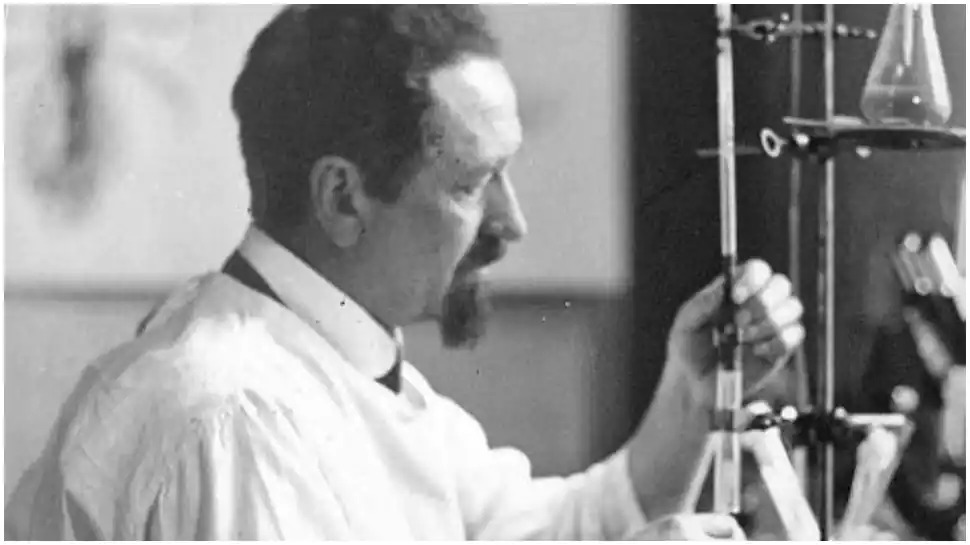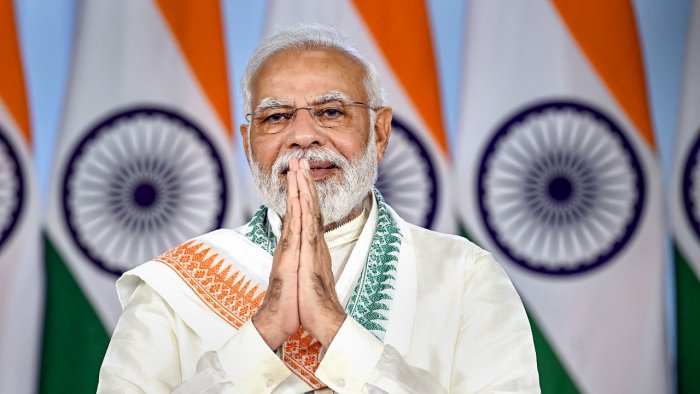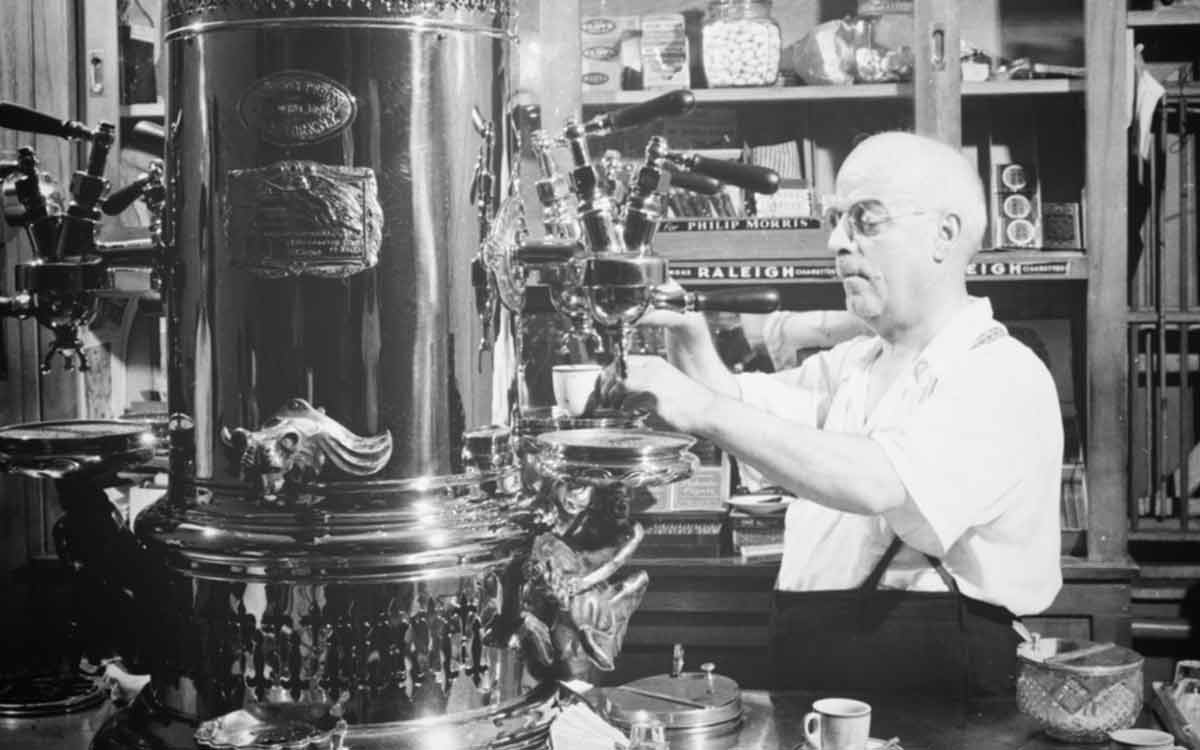Rudolf Weigl
(1883/09/02 - 1957/08/11)
Polish biologist
- Inventor of the typhus vaccine.
- Field : Biology
- Parents : Fryderyk Weigl and Elzbieta Krösel
- Spouses : Zofia Kulikowska, Anna Herzig
- Children : Wiktor
- Name : Rudolf Stefan Jan Weigl
Parents
Son of Fryderyk Weigl and Elzbieta Krösel. After the untimely death of his parent in a bicycle accident, his mother married Józef Trojnar, a high school teacher in Jaslo and Stryj.
Studies
He attended gyms in Jaslo and Stryj. In 1907 he graduated in Natural Sciences from the University of Lwów, becoming an assistant to Professor Nusbaum-Hilarowicz. He was qualified in 1913 in Zoology, Comparative Anatomy and Histology.
Investigator
With his first works, related to cell structure, he gained prestige.During World War I, he was recruited as a parasitologist .
Typhus vaccine
He began his research on typhus and the lice that spread it, designing the world's first effective vaccine against this disease. He developed a system that allowed him to cultivate the bacterium Ricketsia prowazekii -responsible for typhus- in the intestine of the lice by inoculating this bacterium into the anus of the small insect using a small needle. Until then, this type of research was only carried out with laboratory animals. He created a lice farm, which he fed on human blood, including his own.Between 1915 and 1918 he worked in a military hospital in Przemysl and in 1918 he took over the management of the newly created Typhus Research Laboratory.
He continued his vaccine research activity at the Institute of General Biology of the Jan Kazimierz University in Lvov (later renamed the Weigl Institute ), of which he was director during the Soviet occupation and later by Nazi Germany. He was not removed from his post because the vaccine produced by the institute was the most effective for use by the Wehrmacht.
Employment at the Institute was a chance for survival for many and having the research employee card a means of protection against arrest. The Gestapo avoided contact with these people used in the experiments for fear of being infected with typhus. Weigl employed many of those in danger, mainly members of the resistance and persecuted intellectuals. He protected Jews by using them as feeders for lice and is believed to have saved some 5,000 people in this way. In addition, the vaccine produced at the institute clandestinely reached civilians and partisans; to the Lvov and Warsaw ghettos, as well as to concentration camps and Gestapo prisons.
After the war, Weigl settled in Krakow continuing his research at the Jagiellonian University and later -until his retirement- at the University of Poznan.
Acknowledgments
Nominated for the Nobel Prize twice. The first in 1942 was blocked by the Germans. In the second in 1948, the communists prevented the award of him.Weigl's research, work and service was recognized posthumously and he was honored in 2003 with the title of Righteous Among the Nations. Prize awarded by Israel with which his work is recognized for saving countless lives of Jews during World War II.
Couples and son
During 1921 he married Zofia Kulikowska, with whom he had his son Wiktor.Later he married Anna Herzig.
Death
Rudolf Weigl passed away on August 11, 1957, in Zakopane, Poland.MA student of the TransAtlantic Masters program at UNC-Chapel Hill. Political Science with a focus on European Studies. Expressed ideas are open to revision. He not only covers Technical articles but also has skills in the fields of SEO, graphics, web development and coding. .
Leave a reply
Your email address will not be published. Required fields are marked *Recent post

Rudolf Weigl Biography (His Life, Story, Bio Summary, Death)
February 16, 2023

